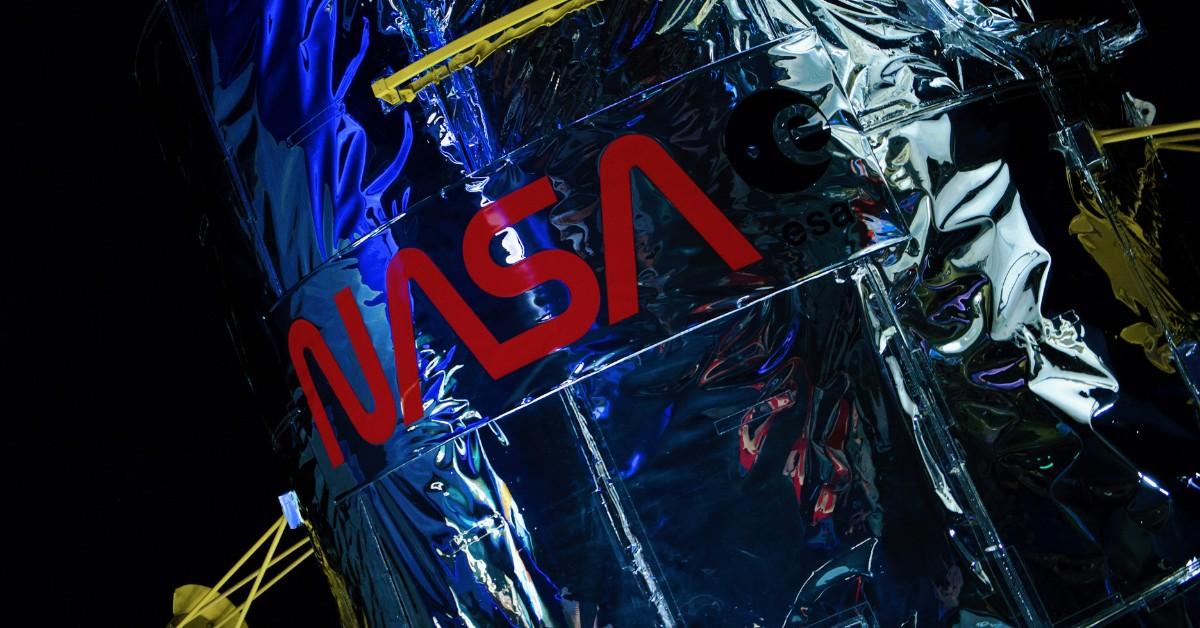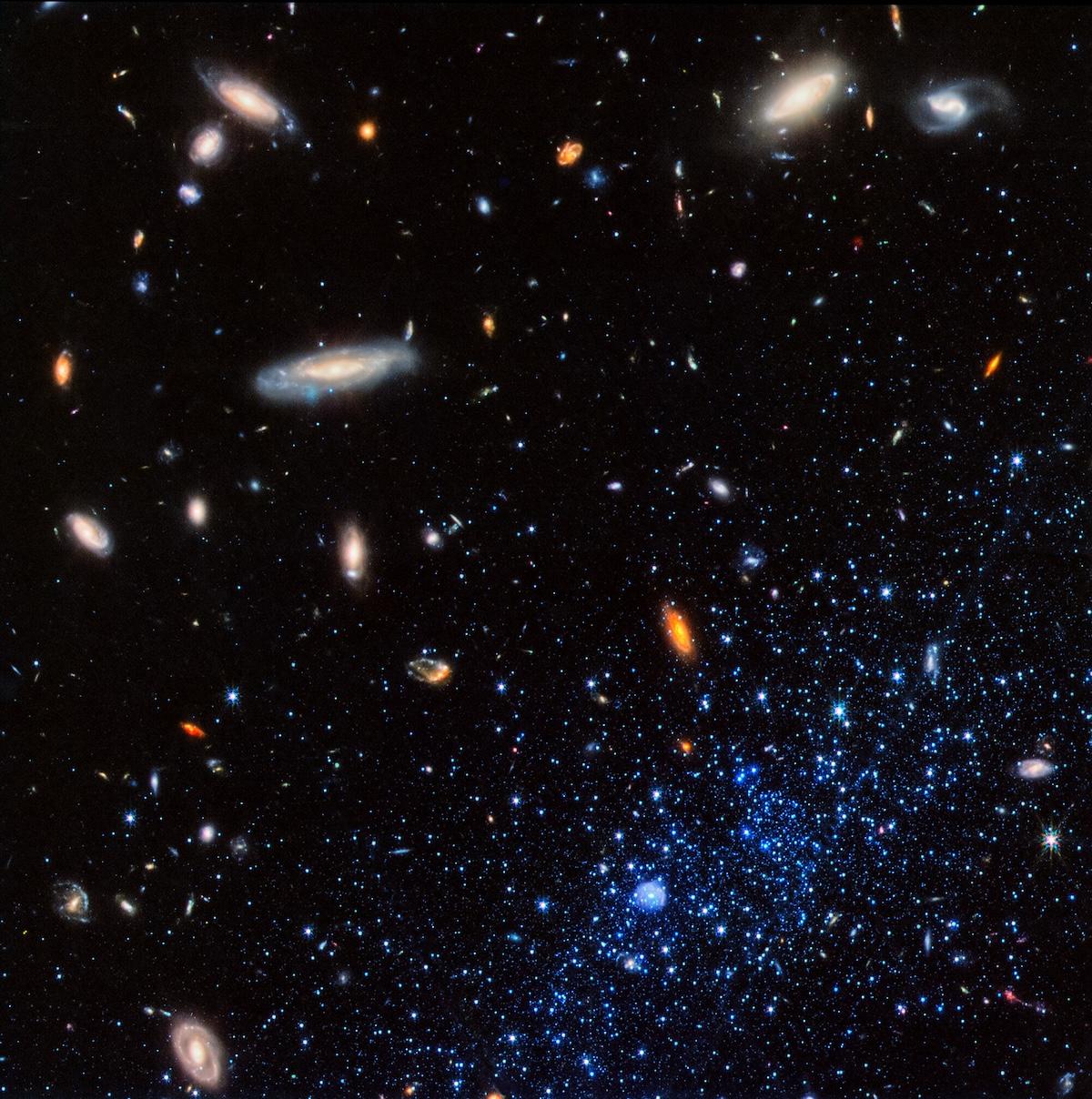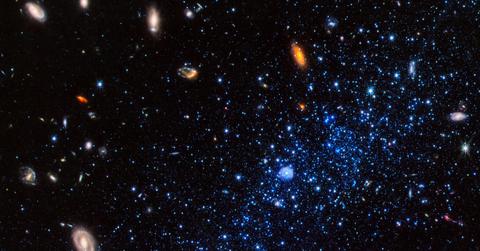NASA’s James Webb Telescope Captures Extraordinary Image of a Dwarf Galaxy 5 Million Light-Years Away
The stars in the Leo P galaxy look blue thanks to their age.
Published Feb. 17 2025, 11:20 a.m. ET
One of the many amazing things about the NASA program is its ability to capture images from far off galaxies that none of us would ever be able to see otherwise. NASA is able to get some of these incredible shots by using the James Webb Space Telescope, which orbits Earth and snaps photos using near-infrared technology.
And, that's exactly how astronomers were able to get a photo of the the Leo P dwarf galaxy in February 2025. While the galaxy has been a few billion years in the making, the images appear to show that something new and exciting is going on within the blue-tinged stars that make up the galaxy located within the constellation of Leo.
Keep reading to learn more about what's been discovered about the dwarf galaxy, including what scientists say it could mean about other nearby galaxies.

The James Webb telescope captured a colorful photo of the Leo P galaxy.
Taken from roughly 5 billion light-years away, the James Web Space Telescope (JWST) has taken a photo of the Leo P star galaxy. According to the European Space Agency (ESA), the image was made possible using the telescope's Near-Infrared Camera (NIRCam), which relied on a combination of different color wavelengths to achieve the beautiful shot that appears full of a range of bold shades.
The ESA says that the galaxy, which appears as a blue cluster of stars in the photos from JWST, owes its beautiful hue to both the age of the stars — younger stars look blue against the black of space, which means that the Leo P stars aren't as old as some of the others we've seen photos of — and the elements used in creating the stars.
According to the ESA, it's likely that the Leo P stars are missing the helium and hydrogen that turns stars like our sun bright yellow.
Here's the full image of the Leo P dwarf galaxy.

This image from the NASA/ESA/CSA James Webb Space Telescope shows a portion of the Leo P dwarf galaxy.
The Leo P galaxy is special because it recently started producing new stars again.
The beautiful colors of the photo aren't the only thing that have caught the attention of scientists looking at the photos from the Leo P dwarf galaxy. According to Live Science, this galaxy stopped producing new stars when the universe was estimated to be around a billion years old, in an era known as the Epoch of Reionization.
But, these images showed scientists that the Leo P galaxy didn't remain dormant after the Epoch of Reionization ended, like so many of its counterparts.
Instead, it only lay dormant for a few billion years before it started producing new stars again — something astronomers say is unusual to see.
Understandably, this is a very exciting discovery for NASA and casual space fans alike, and it sounds like the JWST will be used to monitor other dwarf galaxies to see if they have reignited their own star production.
According to Live Science, this is something that will not only help astronomers better understand these isolated galaxies, but it will also help them learn more about how stars are formed in the first place, redefining some of what the experts have theorized about the cosmos for generations.
